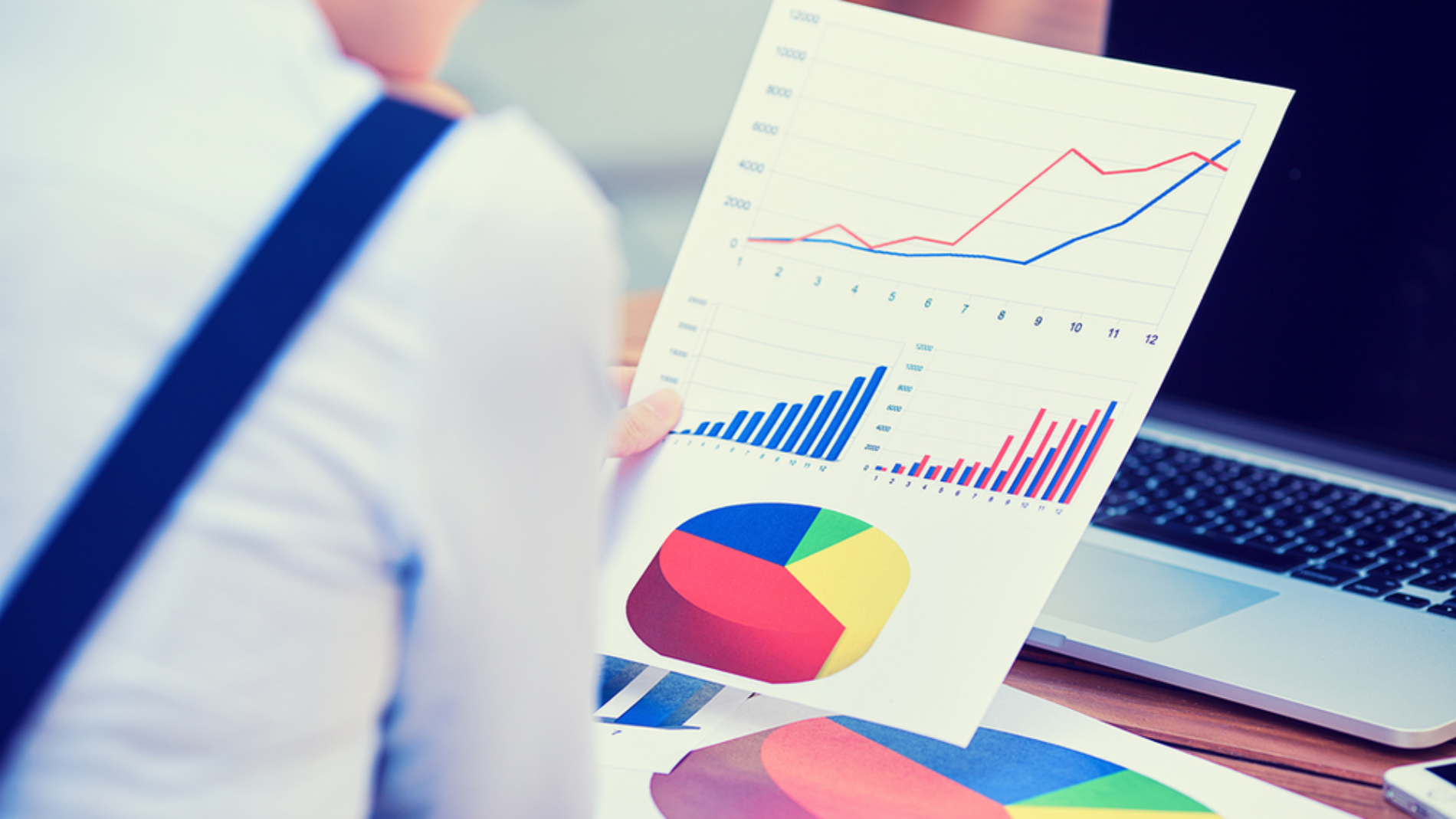A lot of small and mid-size events make the mistake of mass calling or emailing any and all businesses in their area looking for sponsorships. They typically have no real rhyme or reason when doing so. They are playing it like it is a numbers game. The more people I ask, the better results I will get. This theoretically can be true, but it is by no means the most effective and efficient way to go about sponsorships.
The most efficient and effective way to go is starting with prospects that are a fit for your event. Now you may be asking, “How do I know what’s a good fit?” You know by looking at your audience data. This data derives from these questions: Who is your audience? Where are they coming from? What are their interests? What are they looking to purchase in the next year?
Letting your audience data lead, you to your prospects will ensure that you find sponsorships that are a good match for your audience. When you match potential sponsors with your audience, you will not only experience greater success in signing sponsors, but your sponsorships will be more successful. Trying to squeeze a sponsorship into an event for the sake of the money almost never leads to successful results for the sponsor and in turn, doesn’t lead to the sponsor resigning for the next year.
I bring up audience data and patron demographics a lot. These are essential for building your patron profile so that your event and your sponsors know who you are targeting. It’s what defines your attendees and your fan population. Knowing your patron data is the lifeblood of selling sponsorships. I will say this again. Knowing your patron data is the lifeblood of selling sponsorships. It’s a very important component that many small and mid-size events ignore. In this day and age where data is so readily available to sponsors those who don’t take this aspect seriously will be left behind.
Difference Between Audience Data and Demographics
Oftentimes the terms audience data and demographics are used interchangeably. I even catch myself doing this on a regular basis but there is a slight difference between the two.
Demographics refers to age, race, ethnicity, gender, marital status, income, education, and employment. They are characteristics that define a population segment but do not usually include so-called lifestyle characteristics. Whereas audience data refers to demographics and anything else you have on your audiences such as their favorite vehicle companies or the movies they are watching. For the sake of this article, they can be used interchangeably but it can be important to know the difference.
How to Obtain Audience Data for your Event
I’m hoping that you have already collected your audience data for your event. If you have then this metaphorical is for you! If you haven’t, then don’t stress I’m going to walk you through some ways to start the process!
1) You can use past ticket sales for zip code information to determine where your patrons are coming from.
2) Pull demographics from social media. This is not full proof but will give you a good sense of who is at least interested in your event and who is following your branding message. It may not tell you who is showing up at your event, but it will give you a good idea of your audience and their interests. If you do not have any data, this is a great place to start. You can go to your Facebook or Instagram insights and pull analytics of your fans instantly. There are many tutorials on how to do this online.
3) Ticketing platforms have become increasingly better at being able to collect audience data upon purchasing. Ask your ticketing platform what kinds of data you can collect. Many of them are able to integrate with patron’s social media and pull even more data like age, gender, job, and other important info. Some can even allow you to ask a couple of questions upon purchase of tickets.
4) Conducting a survey is one of the easier ways to get the information that is most important to you or your sponsors. You can do this either online or on-site. To get the best results we suggest providing an incentive. Maybe it’s a free gift like a hat or t-shirt. You could also give a chance to win experience upgrades, ticket packages, or a discount code prior to the event.
5) Finally, you can invest in a third party to poll demographics for you. For example, you can hire a company to come out to your event and collect this information for you. If you do not know what to do or need more in-depth information, then I would suggest having professionals come out and implement it for you. This is helpful to get a really good understanding of what your patron demographics are even if you only do it every few years.
The more audience data you can collect the better your prospects will be. Sponsors love audience data and making it essential to sponsorship goals will prove to be so much more successful for your event than mass emails and cold calls!
 This article was written by Teresa Stas and was originally published in the International Festivals & Events Association’s “i.e.: the business of international events” quarterly magazine August 2020.
This article was written by Teresa Stas and was originally published in the International Festivals & Events Association’s “i.e.: the business of international events” quarterly magazine August 2020.
The premiere association supporting and enabling festivals and events worldwide. For more information on the IFEA, go to www.ifea.com.


